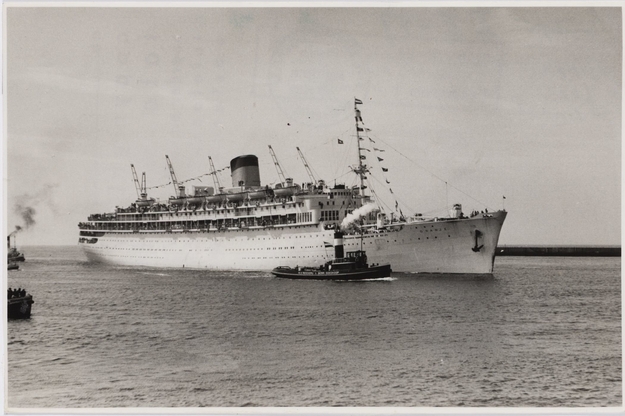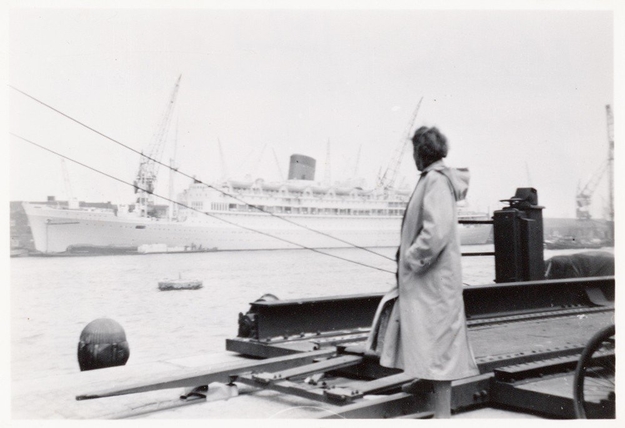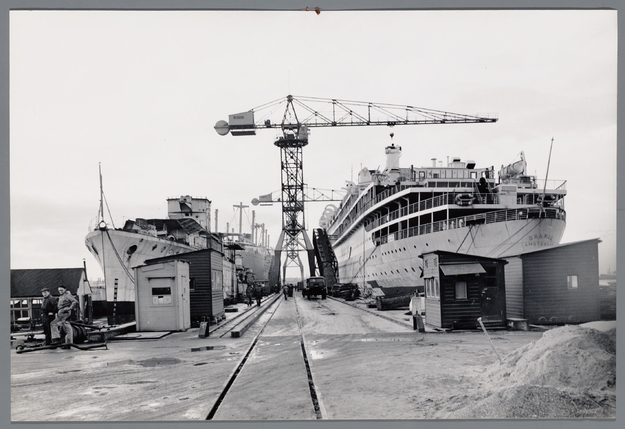Smelly business did not remain in the pre-modern era. It is very much a modern phenomenon just as well. One point of interest for us scent-hunters is the MS Oranje. A 20,166-ton ship, in its hay-day you can imagine the smell of adventure and vacation wafting from this giant. Its metaphorical sails were set for Batavia, bringing gleeful adventurers on their voyage via the sea to the Dutch East Indies, from 1938 onwards as a passenger liner. On 8th September 1938, Queen Wilhemina christened the ship and the air was pregnant with all kinds of scents: from the pungent diesel-tainted air, to the gritty pollution of shipyard activities, to the flavour of hope emanating from such an eventful sight. Away goes the ship, undocking itself soon as the Queen’s bottle hits portside. What a memorable sight that must’ve been, and only more empowered by some bittersweet aroma by the dock. And time past, as WWII broke, the Oranje remained in Surabaya. This was before it was called for its metamorphosis into a hospital, to aid during the wartime.
The ship set sailed to Australia during the wartime as it metamorphosed into a hospital unit. Its 26-knot speed proved to be a valuable asset for wartime voyages. Though, the liner itself was ran as an aid unit for the Royal Australian Navy, it remained sailing under the Dutch flag. A primary account tells us that the ship had at least two operating theatres, a dentistry, a chemist and a psychiatric unit (Hulswit, 2011). Wards were established per diagnosis of illness, injury and disability. Certainly, the air has turned to a mash of chaos and sterility. A history of scents wiped away to accommodate for an impending trauma.
By 1946, the liner re-entered the Amsterdam-Batavia route once again. And this began a new transformation into a cruise liner: an attempt to heal from its hefty history. The liner kept sailing and come 1950, a re-branding phase occurred. The Oranje welcomed visitors for a round-the-world service: Panama, Australia, New Zealand, Singapore, and Suez. Somewhat 16 years later, the cruise line was sold to a Greek shipping company who renamed the Oranje to Angelino Lauro, which ended its ties to the Netherlands.
What is most interesting to note here is the how ship contributes to the scents of the Amsterdam docks. Once setting sail, full of hope and as a magnificent feat, the Oranje sailed back with a different scent trail, and an overload of traumatic history.


